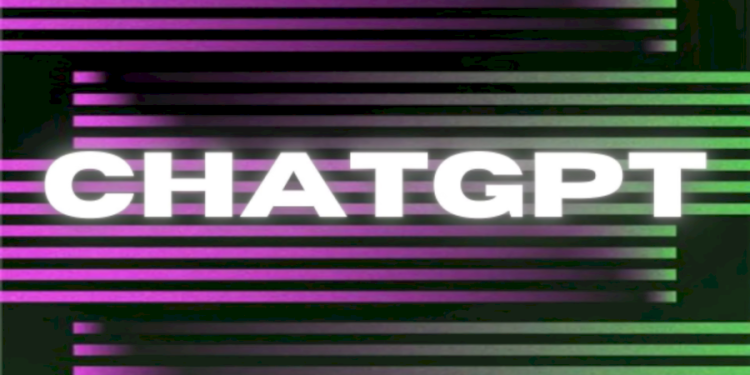Artificial intelligence is the secret weapon in the arsenal of every smartphone brand, big or small, to differentiate themselves in a sea of oversaturated hardware and declining sales, from using a smartphone camera to capture the moon’s craters to adding the Northern Lights to the dull Delhi sky and even editing one’s nose shape.
Nearly all smartphone brands include AI and machine intelligence in their marketing materials in the hopes that consumers will focus on them while making a buying choice.
For instance, the most recent Google Pixel phones can live translate, transcribe voicemails and recordings to text, remove unwanted objects from photos, and unblur blurry photos.
In order to answer incoming calls on the user’s behalf, produce Instagram-worthy reels by merging photographs and videos from the camera, and reduce power consumption to prolong battery life, Samsung is utilising machine learning and neural networks (a subset of AI).
The newest flagship smartphone from the Korean manufacturer can capture detailed images of the moon. The moon is identified by the AI algorithms as a distinct object, and the shot has been enhanced for details.
With reasonably accurate effects, Xiaomi phones can transform the colour of the sky from foggy to sunny and even bring the Northern Lights to Indian skies.
Additionally, almost all modern smartphones have a night mode that combines numerous images from different exposures to produce a vivid image even in low-light conditions.
For a while now, smartphone manufacturers have employed AI models and machine learning to set themselves apart. On-device AI apps have proliferated as technology has grown more potent over time with the addition of AI engines, according to Akshara Bassi, senior research analyst at Counterpoint Research.
Prior to the development of ChatGPT-like applications, Bassi continued, AI was employed in a recommendation manner. She added that very basic AI systems like the Google Assistant, Siri, and Alexa all depend on speech or text commands to reply with an action.
According to Counterpoint Research, premium smartphones offer the finest AI experience and had a market share nearly twice as large in India in the first quarter of 2023. Dedicated AI engines are used in high-end smartphones running on Qualcomm and MediaTek’s flagship chipsets to instantly deliver intelligence.
Mid-range and entry-level smartphones, however, continue to rely on the cloud for processing. Because of this, many entry-level smartphones only include the most fundamental AI functions, such as a night mode or a voice assistant that requires an internet connection to function.
But the question still stands: Do regular Indian consumers consider AI characteristics while making selections about what to buy?
Consumers don’t really care if a feature is driven by AI or not, according to TechArc’s principal analyst, Faisal Kawoosa. Consumers don’t care whether AI is being used to enhance photographs or not, as long as they are improved to the point where they may be shared directly.
The consumer base, he continued, is accepting of the AI-enabled capabilities, but they solely consider utility when making purchases.
According to Counterpoint’s Bassi, consumers continue to be more interested in the technical specifications than the features that make use of the hardware.
For instance, the typical Indian smartphone user will choose a device with a large battery over one with a small capacity that has been AI-algorithmically optimised.
“It’s always a game of numbers. Customers tend to think higher is better, Kawoosa continued.
However, Bassi thinks that as generative AI has grown in popularity over the past few months, consumers will become more concerned about how AI is used, raising concerns about privacy and demanding such features on their smartphones.
The rush is on among smartphone manufacturers to include generative AI use cases. Google demonstrated how users may create their own wallpapers using text prompts during the Google I/O conference that took place earlier this month. Both Qualcomm and MediaTek have acknowledged that they are enhancing their chipsets for these use cases.
Consumers won’t have to go through the learning curve of what AI is and what it can accomplish now that ChatGPT is available on iPhones, at least for premium handsets. Therefore, it might eventually influence how decisions are made. To see those generative AI-enabled differentiating features in smartphones, at least another year will be needed, according to Bassi.
Smartphone Manufacturers Compete To Release ChatGPT-Like Applications For Portable Devices
Editors Corner
Recommended News
Google: AI From All Perspectives
Alphabet subsidiary Google may have been slower than OpenAI to make its AI capabilities publicly available in the past, but...
US And UK Doctors Think Pfizer Is Setting The Standard For AI And Machine Learning In Drug Discovery
New research from Bryter, which involved over 200 doctors from the US and the UK, including neurologists, hematologists, and oncologists,...
An Agreement Is Signed By MEA, MeitY, And CSC To Offer E-Migration Services Via Shared Service Centers
Three government agencies joined forces to form a synergy in order to deliver eMigrate services through Common Services Centers (CSCs)...
PR Handbook For AI Startups: How To Avoid Traps And Succeed In A Crowded Field
The advent of artificial intelligence has significantly changed the landscape of entrepreneurship. The figures say it all. Global AI startups...
Related Posts

IndiaNext Brings you latest news on artificial intelligence, Healthcare & Energy sector from all top sources in India and across the world.
Recent Posts
© India Next. All Rights Reserved. | Privacy Policy
|
Web Design & Digital Marketing by Heeren Tanna








